Reviewed by Julianne Ngirngir
Picture this: you walk into an Apple Store, ready to upgrade to the latest Pro iPhone, but you can't decide between the 6.3-inch Pro and the 6.9-inch Pro Max. Three years ago, that choice was easier—the Pro Max had exclusive features like the 5x zoom lens. Not anymore. Apple just leveled the playing field in ways that'll make your decision purely about size and battery life, not missing out on flagship features. Let's break down why this shift matters—and what it means for your wallet and your daily tech routine.
What you need to know:
Same cameras: Both models get identical 5x zoom and 48MP ultra-wide systems
Same performance: A18 Pro delivers identical speeds regardless of size
Different endurance: Pro Max offers 22% more battery life in real-world testing
Price gap: $200 difference now buys you size and battery, not exclusive features
Both Pro models finally get the camera system they deserve
For the first time since the tetraprism lens debuted, both iPhone 16 Pro models pack the same 5x optical zoom system that was previously exclusive to the Pro Max. That's a huge win if you've been stuck with the smaller Pro's 3x zoom while envying the Pro Max's reach.
This telephoto parity enables a more strategic approach to photography workflow—you can now choose your iPhone size based on handling preference while maintaining identical creative capabilities. No more settling for the regular Pro's 3x zoom while watching Pro Max users capture distant subjects with crystal clarity.
The camera upgrades go deeper than just zoom parity. Both models now sport upgraded 48-megapixel Ultra Wide cameras—a massive jump from the 12MP sensors in previous generations. Think of it as Apple's answer to every photographer who cringed at those grainy ultra-wide shots in challenging light. The new sensors use pixel binning to combine data from four pixels into one "super pixel" for dramatically better image quality.
PRO TIP: The 4K120 video recording capability is where these cameras really flex. You can capture buttery-smooth slow-motion footage at full 4K resolution—something that used to require professional equipment costing thousands more.
The A18 Pro chip doesn't pick favorites
This camera parity extends to processing power, where Apple's finally eliminated performance tiers that previously justified choosing the larger model for computational photography alone. The A18 Pro chip delivers 20% faster performance than the A17 Pro while using TSMC's cutting-edge 3nm process for better efficiency. Whether you pick the 6.3-inch or 6.9-inch model, you're getting identical performance.
The numbers don't lie: both models hit around 1.75 million in AnTuTu benchmarks, with the A18 Pro's 6-core GPU delivering 35% better graphics than competing Android flagships. The Neural Engine doubles down with 35 TOPS of AI processing power—that's nearly double the A17 Pro's capability for on-device Apple Intelligence tasks.
What's especially impressive is the sustained performance improvement. Apple claims 20% better sustained gaming performance thanks to improved thermal architecture using 100% recycled aluminum. Translation: your phone won't throttle as quickly during extended gaming sessions or 4K video recording, regardless of which Pro model you choose.
Size and battery: where the real differences live
The A18 Pro's 20% efficiency improvement becomes especially meaningful in real-world battery comparisons, where the size difference translates directly to endurance advantages. The iPhone 16 Pro weighs 199 grams while the Pro Max tips the scales at 221 grams—that 22-gram difference is noticeable after a long day of use.
Battery life tells the real story, though. The Pro Max delivers up to 33 hours of video playback compared to the regular Pro's 27 hours. That's not just marketing fluff—it's the difference between charging every night versus every other night for moderate users. The Pro Max's larger chassis accommodates a significantly bigger battery (4,676 mAh versus 3,582 mAh), and the 6.9-inch display means more screen real estate for productivity apps and media consumption.
Both models support the same 25W MagSafe wireless charging and Wi-Fi 7 connectivity, which offers 3x faster speeds than Wi-Fi 6 when you have compatible equipment. The efficiency gains from the A18 Pro mean that extra performance doesn't come at the cost of battery life—instead, both models benefit from better power management than their predecessors.
What this means for your upgrade decision
Here's the strategic shift: Apple just eliminated the feature hierarchy that previously made the Pro Max feel essential for serious users. The regular iPhone 16 Pro starts at $999 while the Pro Max jumps to $1,199, but you're no longer paying extra for exclusive camera features or performance advantages. You're paying for size, battery life, and storage (the Pro Max includes 256GB base storage versus 128GB on the regular Pro).
If you're coming from an older Pro model—say, an iPhone 13 Pro with its 3x zoom and 12MP ultra-wide camera—this parity represents a massive upgrade regardless of size choice. No more FOMO about missing the best telephoto lens or compromising on computational photography capabilities. The choice comes down to practical considerations: Do you prioritize one-handed usability and lighter weight, or do you want maximum screen space and all-day battery life without compromise?
This represents a broader shift in Apple's product strategy—democratizing flagship features across the Pro lineup rather than using them as upselling mechanisms. For the first time in years, there's genuinely no wrong choice between Pro models, just different priorities.
The iPhone 16 Pro models represent Apple's most equitable Pro lineup in years. Whether you choose the compact powerhouse or the endurance champion, you're getting the same flagship experience—just sized to fit your preferences and habits.




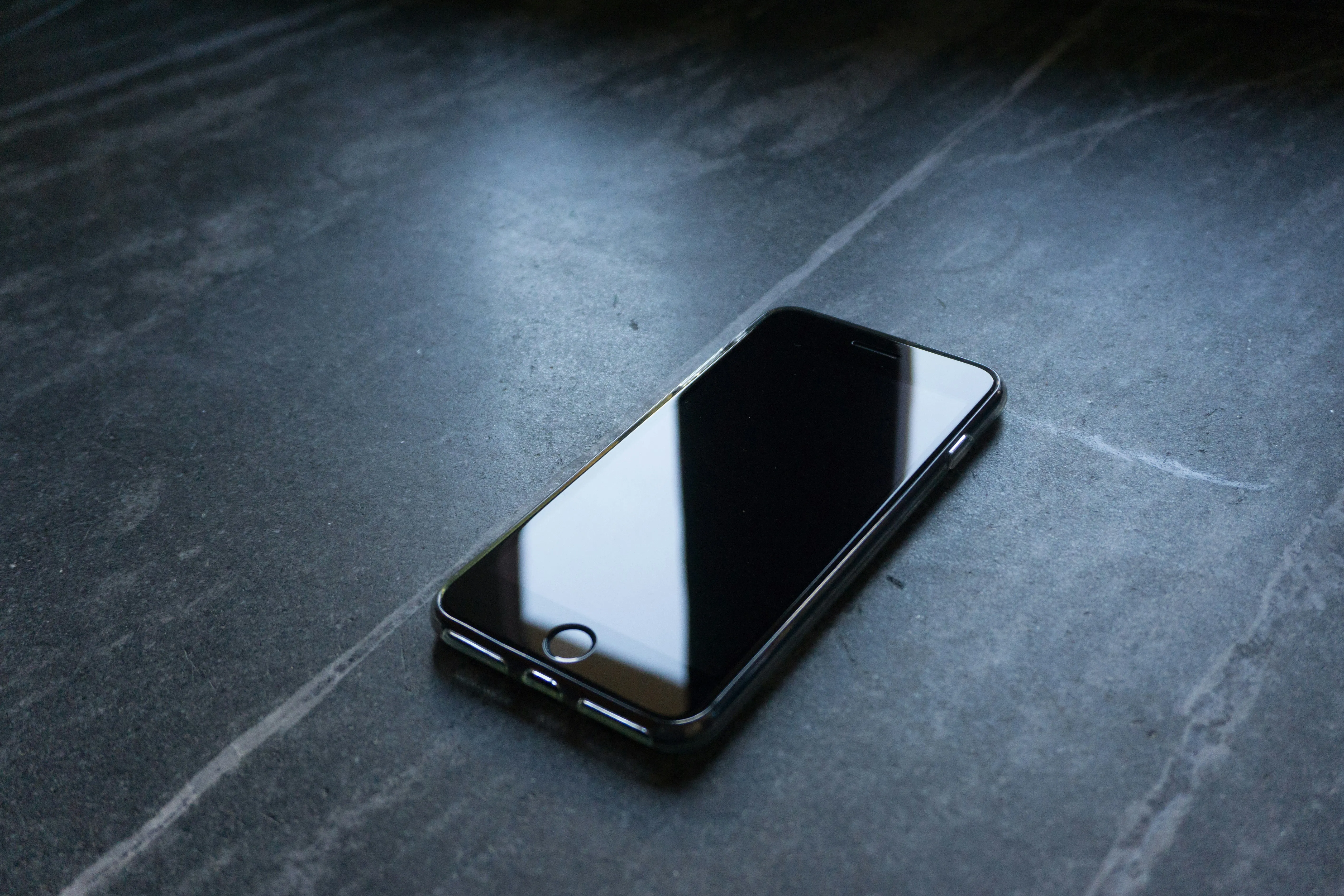
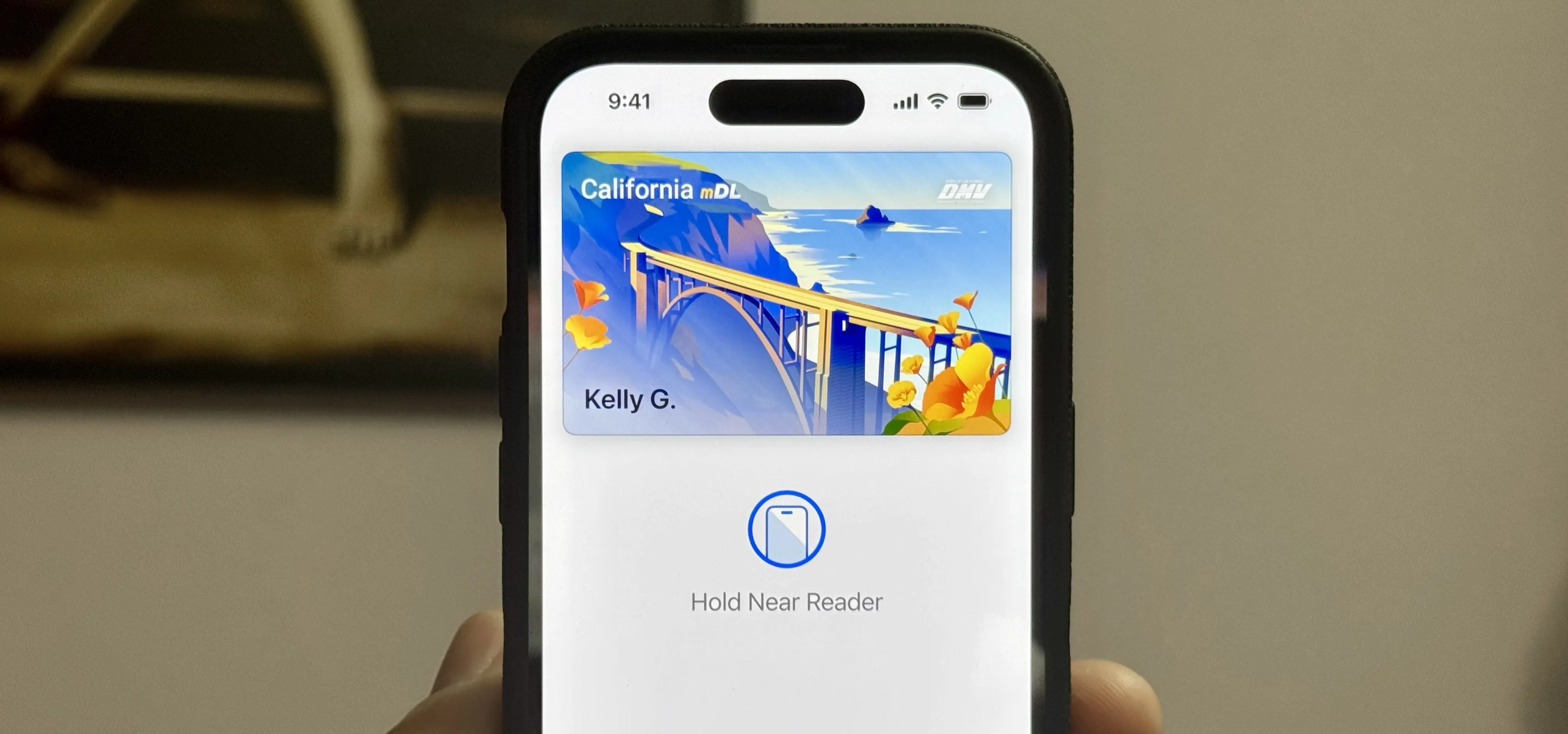
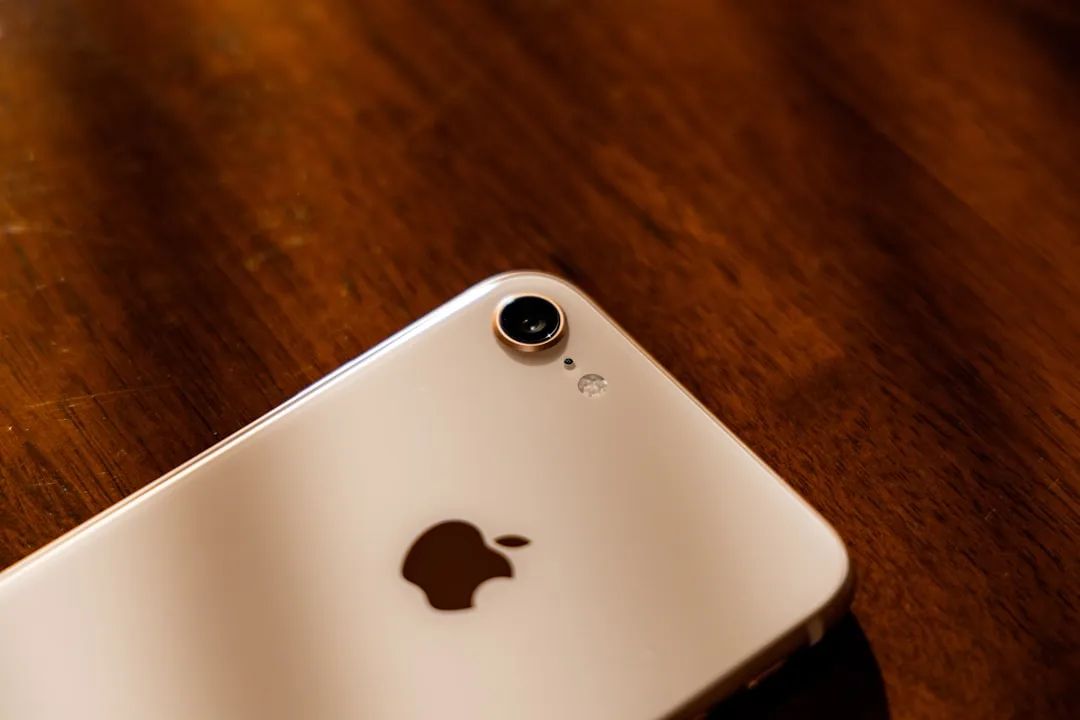
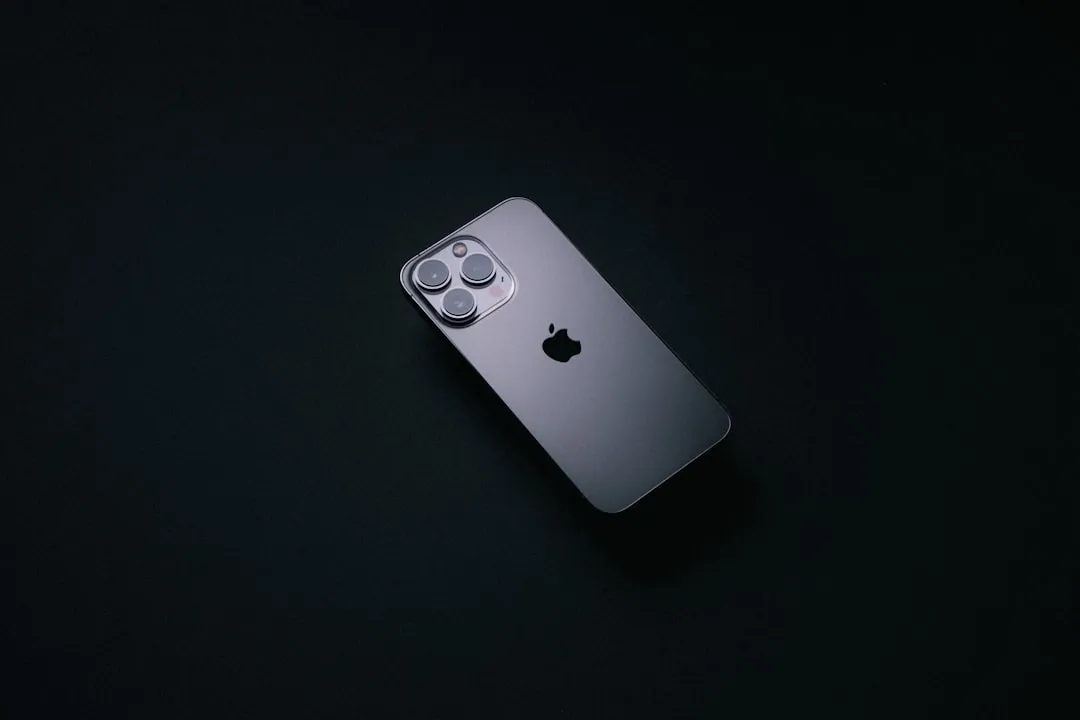
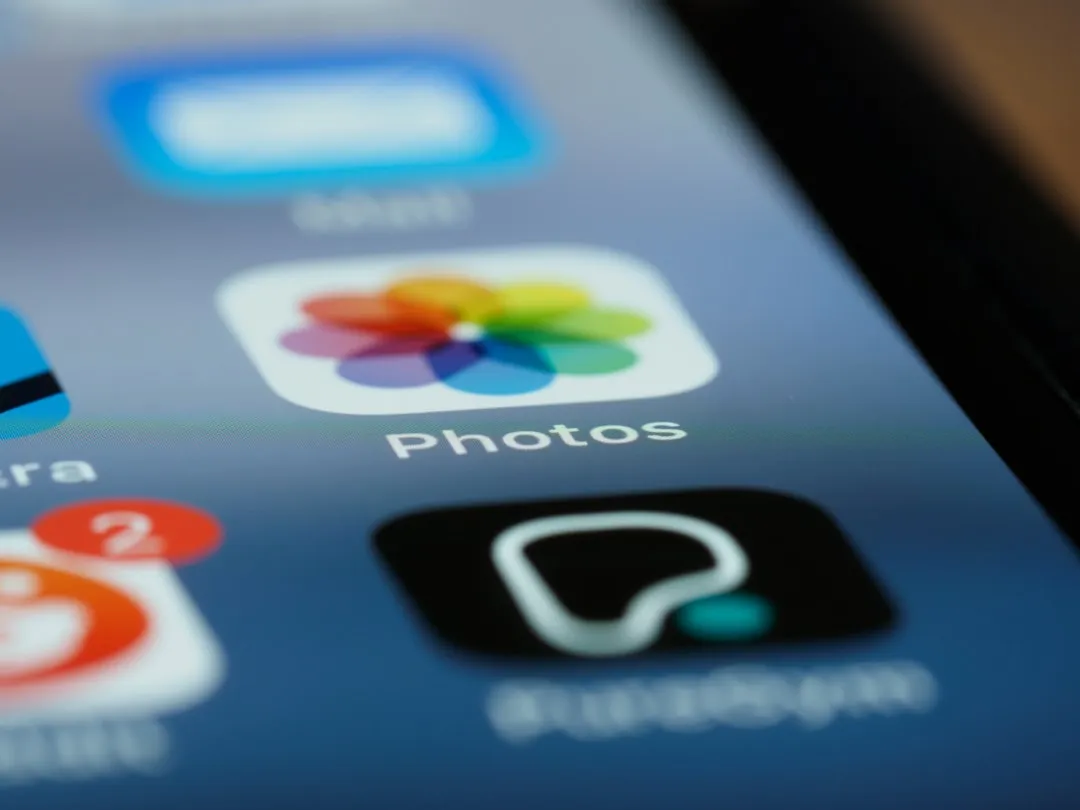
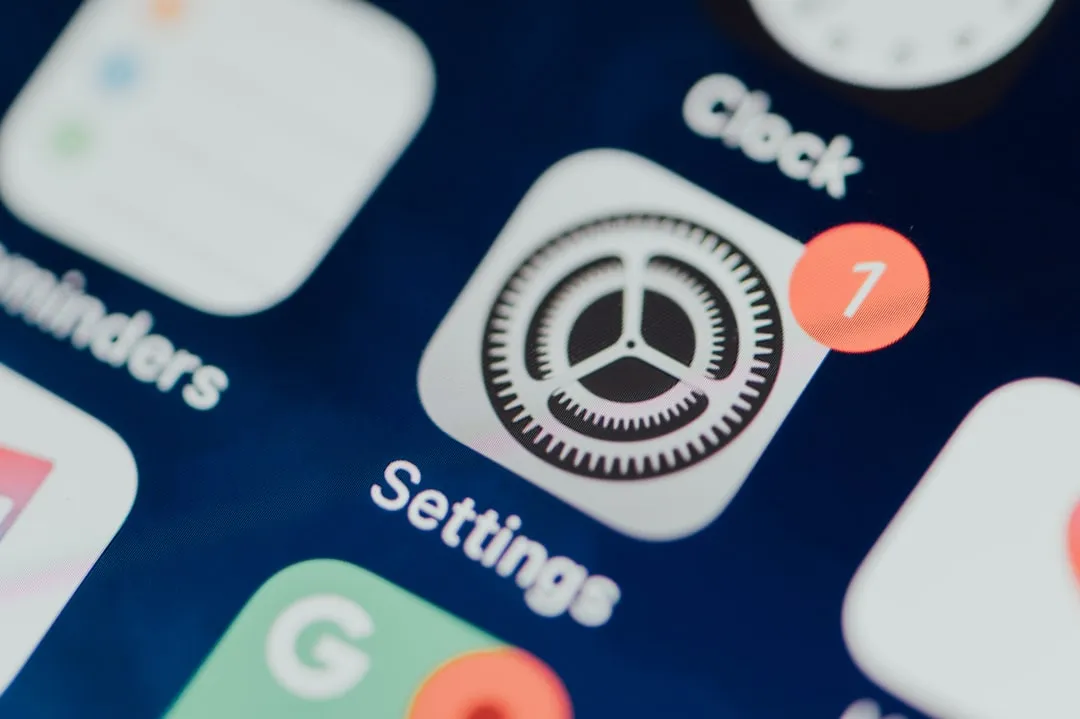
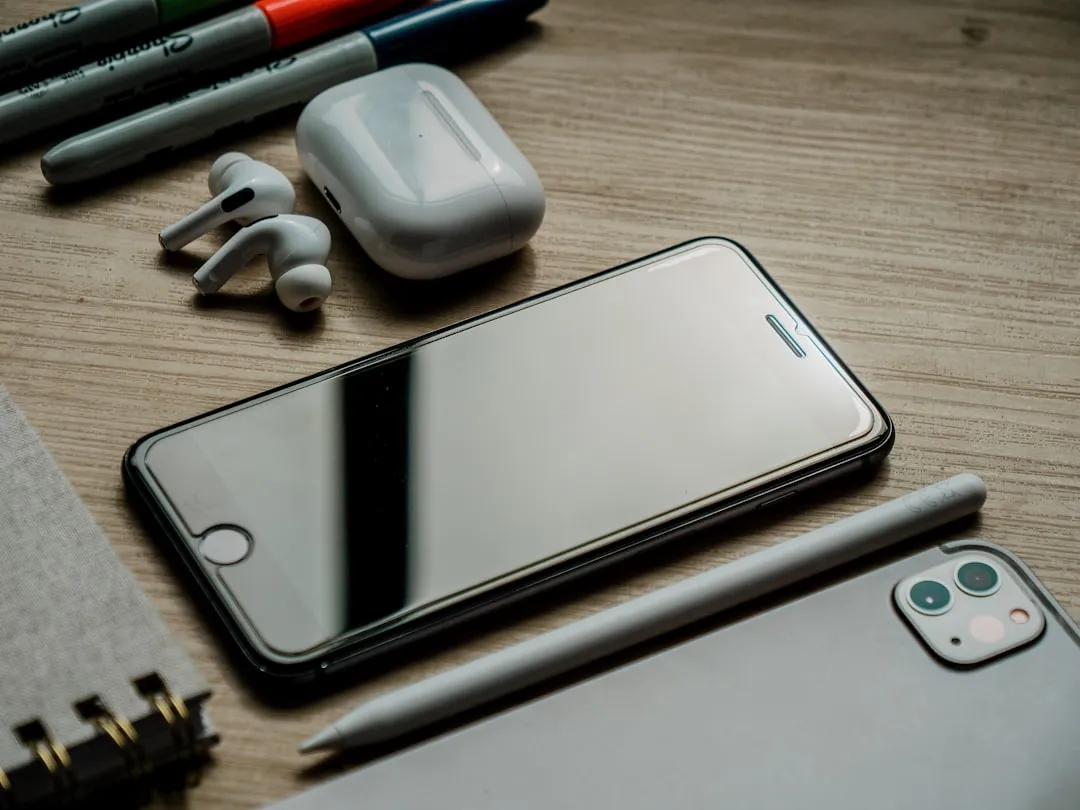

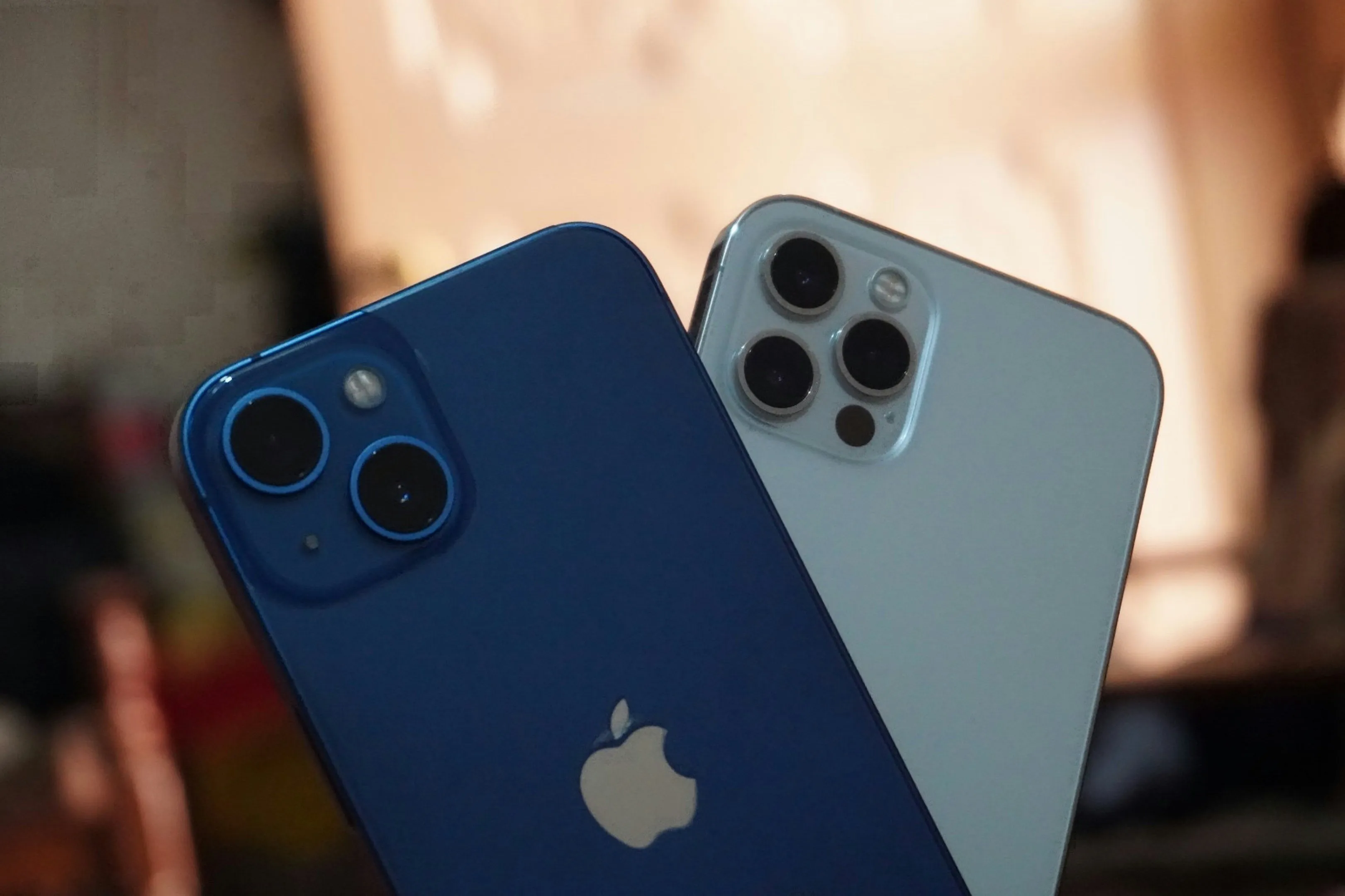

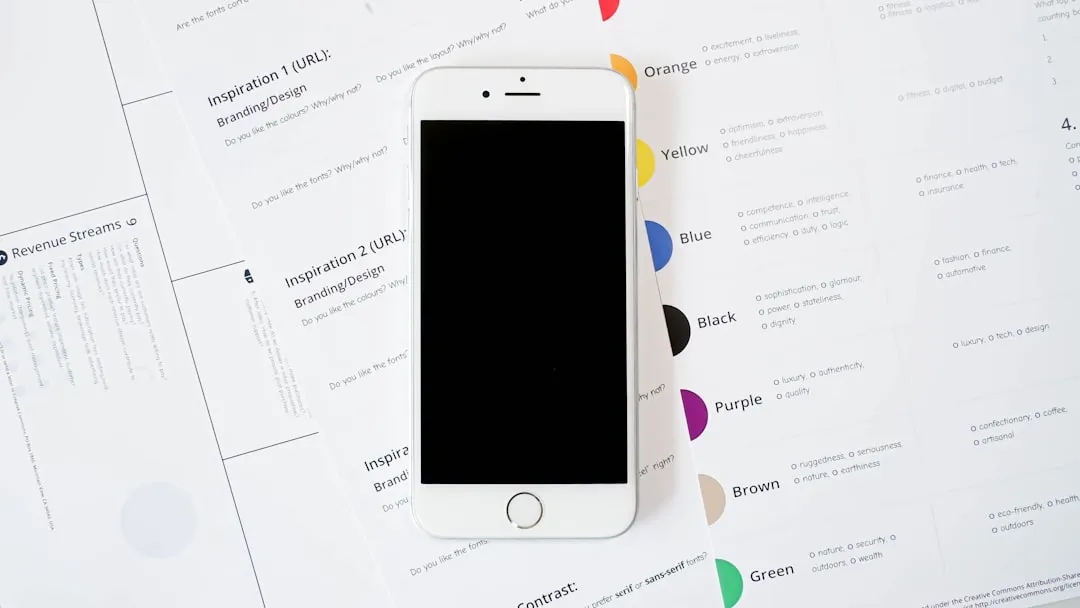
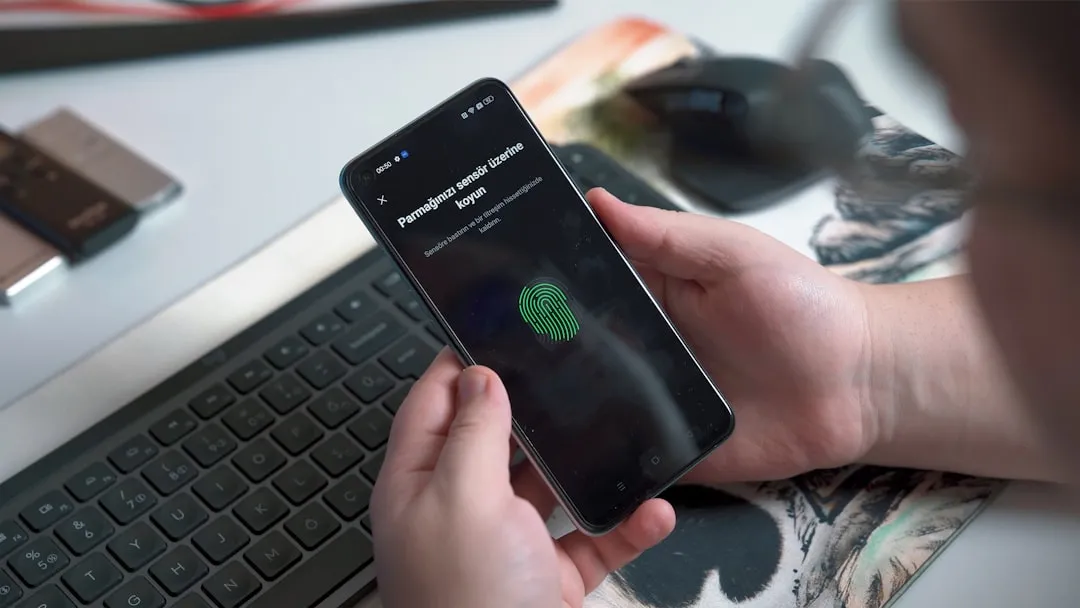
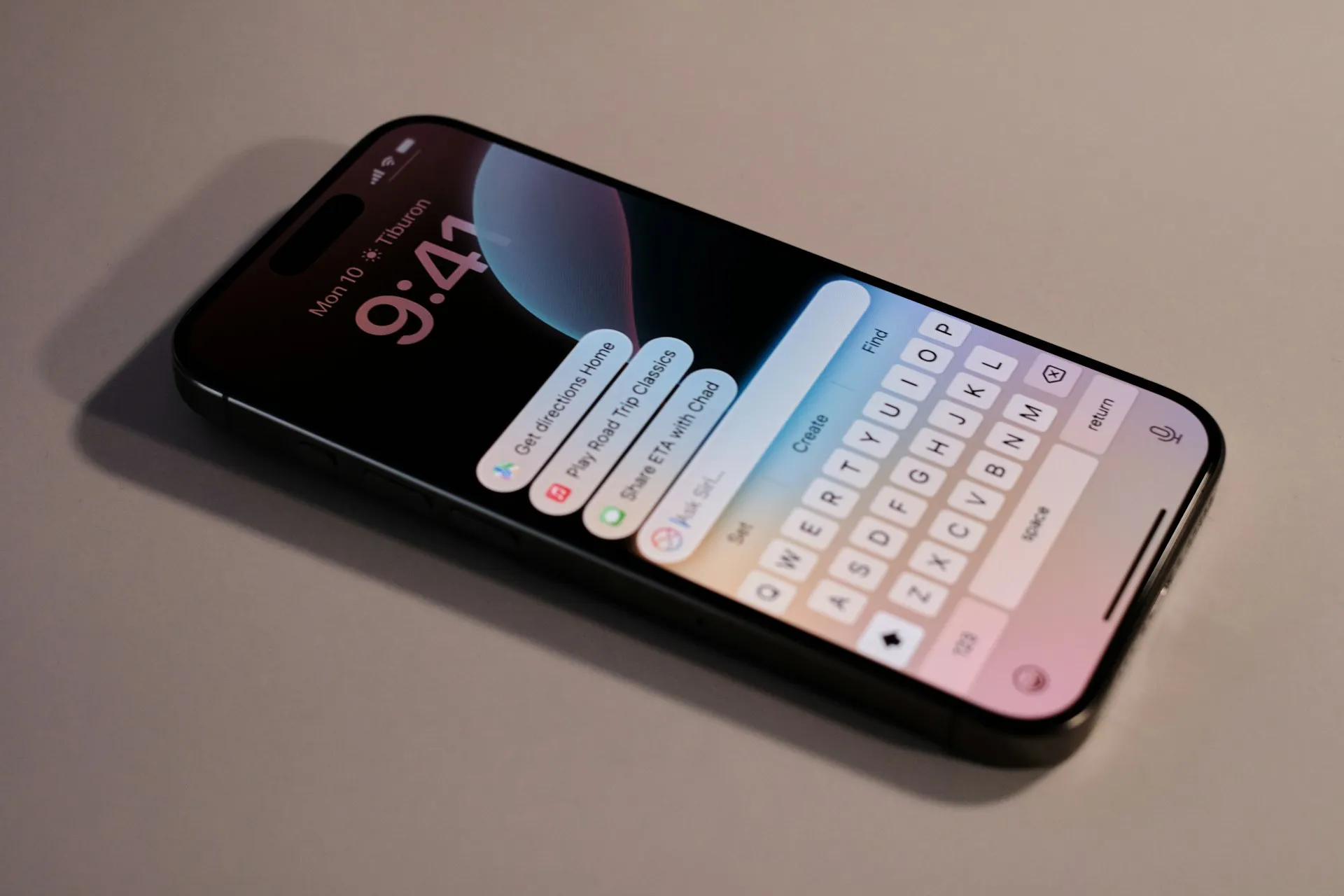

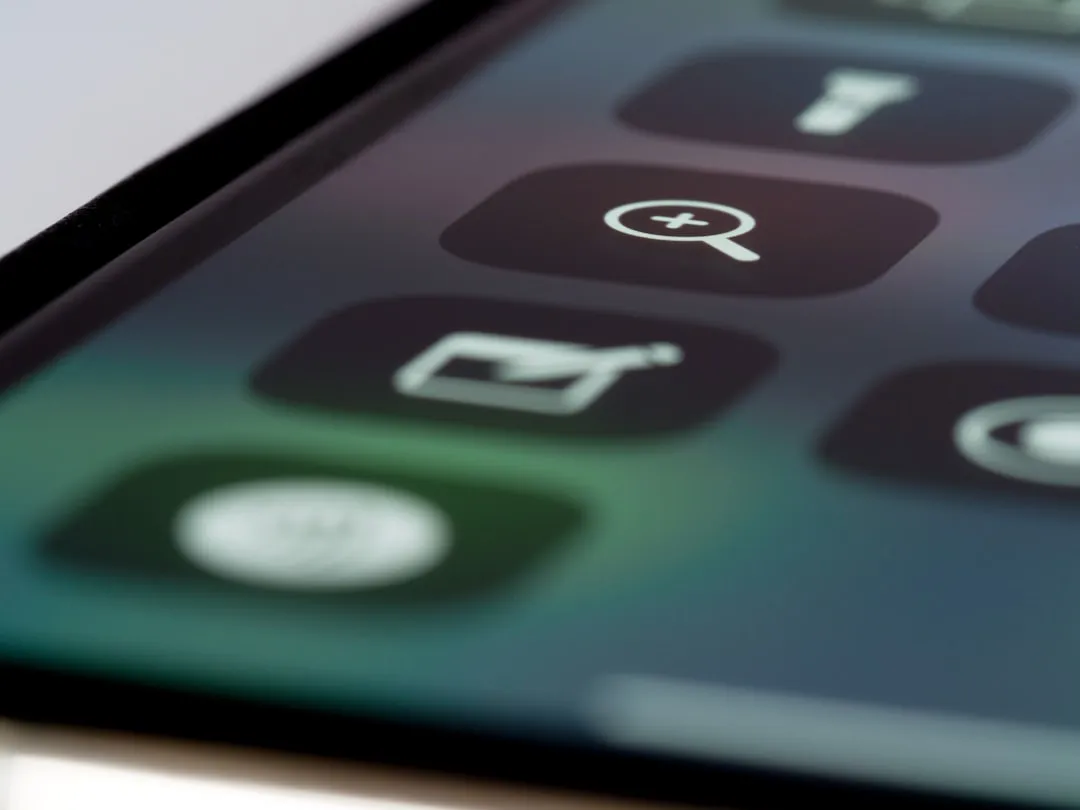
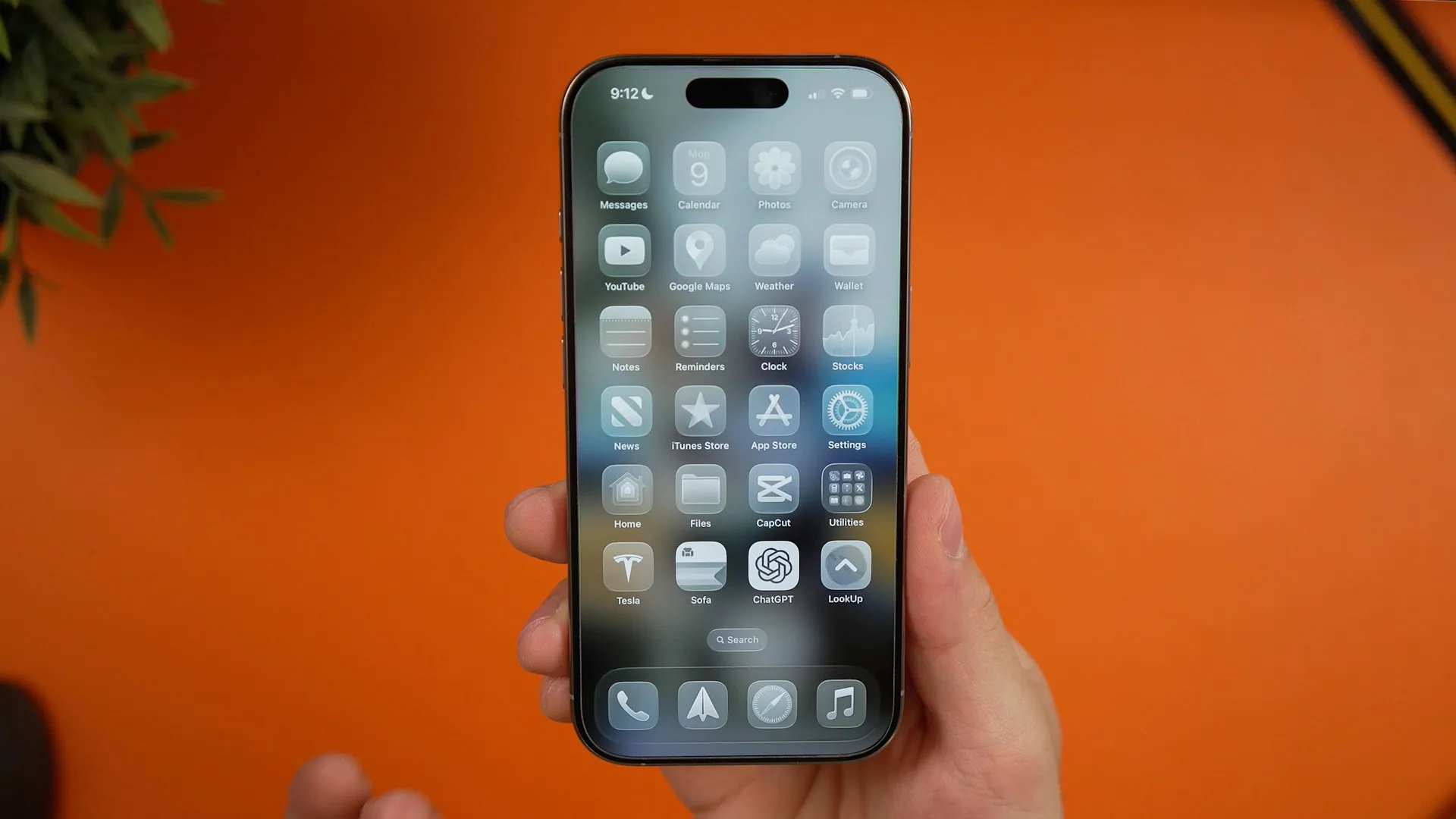
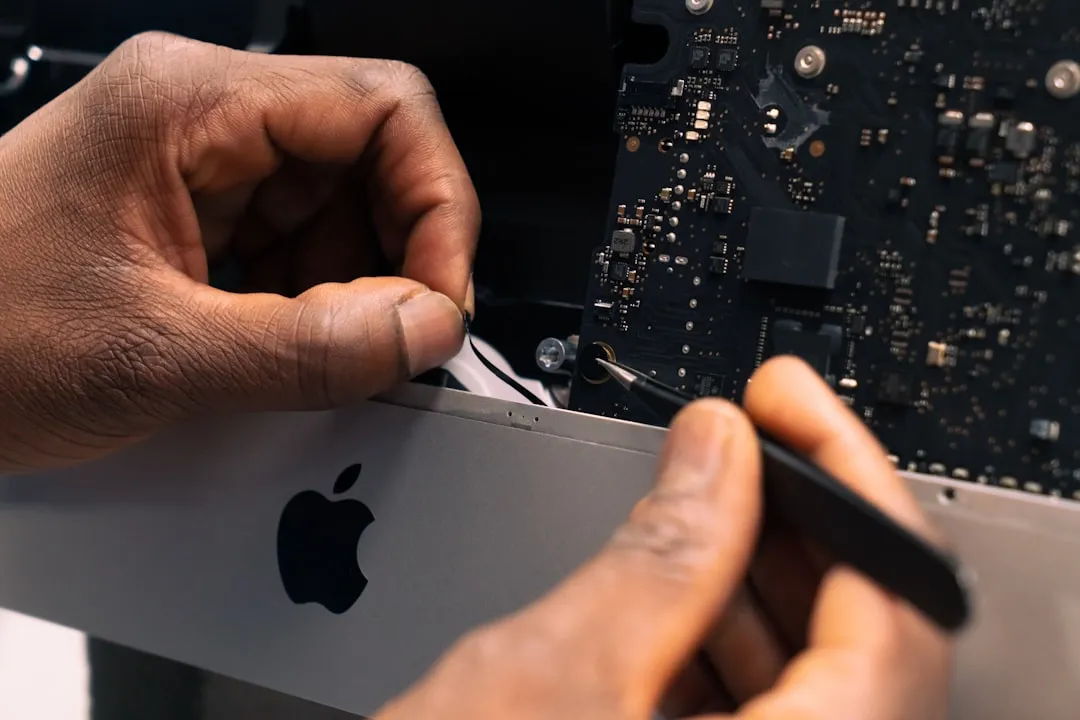
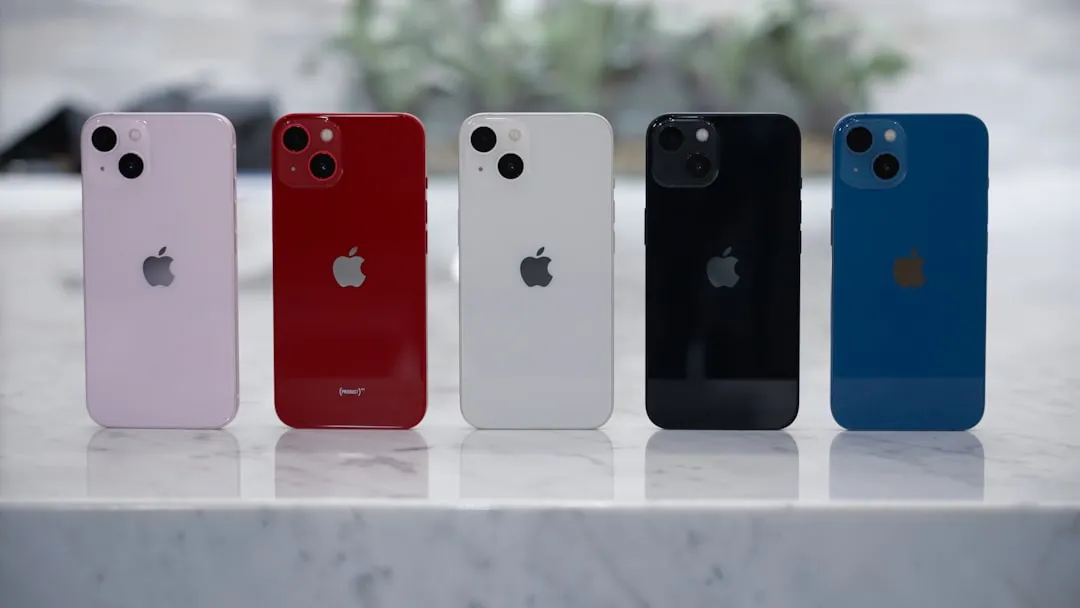
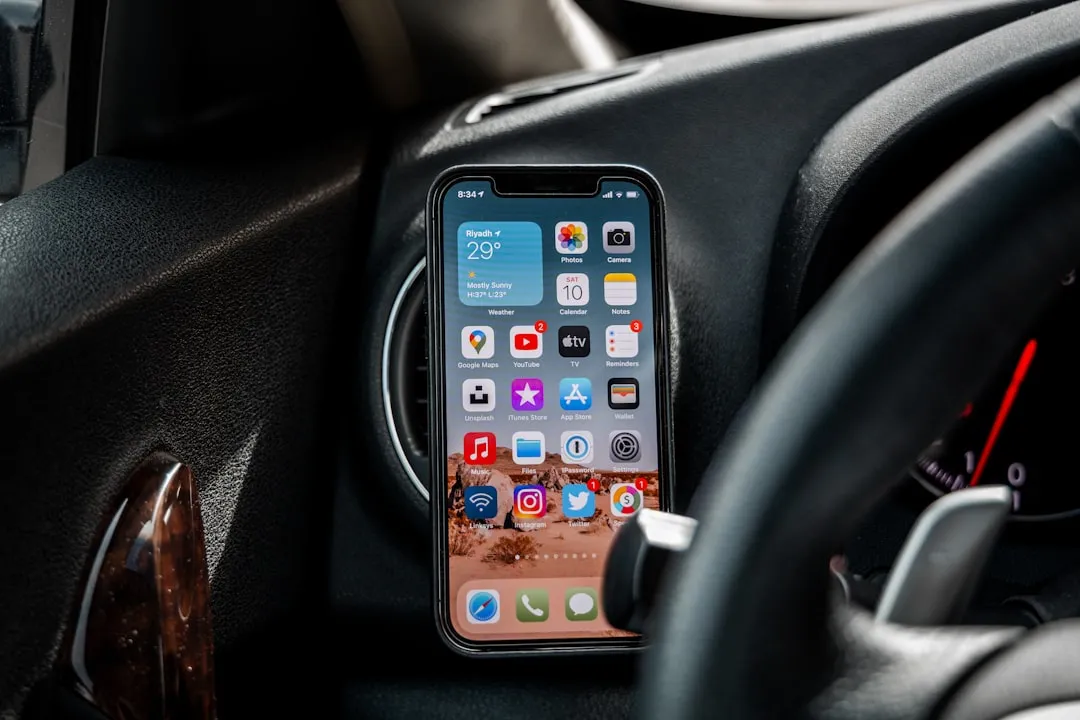


Comments
Be the first, drop a comment!